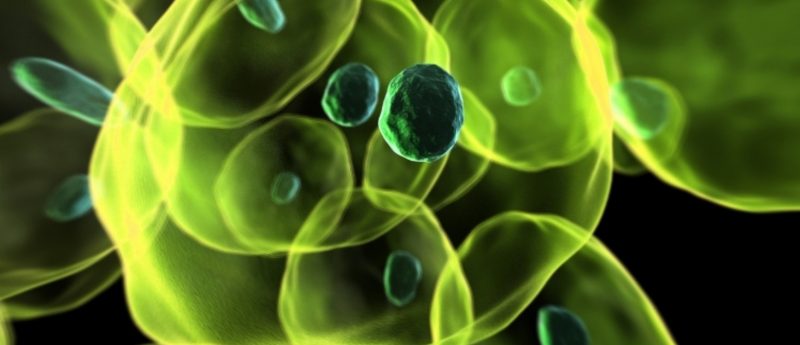Scientists uncover method for long-term expansion of kidney precursor cells

By maintaining the cells in a three-dimensional culture and using a new mixture of signaling molecules, the Salk Institute team was able to support the long-term expansion of primary mouse and human fetal nephron progenitor cells
By using a three-dimensional culture and a new mixture of supporting molecules, a research team at the Salk Institute (CA, USA) discovered a method to suspend kidney precursor cells early in their development. Scientists believe that generating these nephron progenitor cells in the lab will offer a new way to study kidney development and eventually treat kidney diseases. The study was recently published in Cell Stem Cell .
Previous attempts to maintain cultures of the so-called nephron progenitor cells (NPCs) often failed, as the cells died or gradually lost their developmental potential rather than staying in a more medically useful precursor state
“We provide a proof-of-principle for how to make and maintain unlimited numbers of precursor kidney cells,” explained Juan Carlos Izpisua Belmonte, professor in Salk’s Gene Expression Laboratory. “Having a supply of these cells could be a starting point to grow functional organs in the laboratory as well as a way to begin applying cell therapy to kidneys with malfunctioning genes.”
In humans, nephron progenitor cells only exist transiently during a brief stage of embryonic development. The cells go on to form nephrons, the functional units of the kidney, responsible for filtering the blood and excreting urine. Adults however, have no remaining NPCs to regrow kidney tissue after damage or disease. Other groups of scientists have previously attempted to induce pluripotent stem cells (iPSCs) to differentiate into NPC-like cells.
“Those approaches take a long time, it is difficult to isolate a pure population, and the NPC-like cells are still transient,” commented Zhongwei Li, co-first author of the new paper. In those cases, the NPCs often matured into adult kidney cells in a manner of days, leaving no steady population of progenitor cells to study.
The Salk researches started developing methods that would maintain the NPCs in their usually transient, progenitor state. They discovered that if they maintained the cells in a three-dimensional culture, rather than a flat dish, and used a new mixture of signaling molecules, they could maintain the NPCs for more than 15 months. They went on to demonstrated that the cells could then be coaxed to develop into functional nephron-like structures both in the lab or when transplanted into animals.
The team then went on to use both human embryonic and human NPCs generated from stem cells. Again, they were successfully able to maintain the cells in a NPCs state long term.
“The 3D culture strategy used in our study can potentially be applied to other lineage progenitors for efficient formation of tissue organoids,” explained co-first author Jun Wu, Salk research associate.
Aside from a regenerative therapy to replace ailing organs, the scientists add that the NPCs could be utilized for disease modeling. By introducing mutations that are linked to disease into the these cells, researchers could study the onset and progression of the disease and gain new insights into the disease as well as screen and discover new treatments.
The researchers want to go on by investigating how to culture the other types of progenitor cells that are required for a full kidney. “There are several progenitor cells that work together to make a whole organ,” concludes co-first author Toshikazu Araoka, Salk research associate. “If we can culture the other progenitor cells as well, we’ll be closer to building a transplantable kidney.”
Sources:
Li Z, Araoka T, Wu J et al. 3D Culture Supports Long-Term Expansion of Mouse and Human Nephrogenic Progenitors. Doi: DOI: http://dx.doi.org/10.1016/j.stem.2016.07.016 (2016) (online before print); www.salk.edu/news-release/new-method-creates-endless-supply-kidney-precursor-cells/